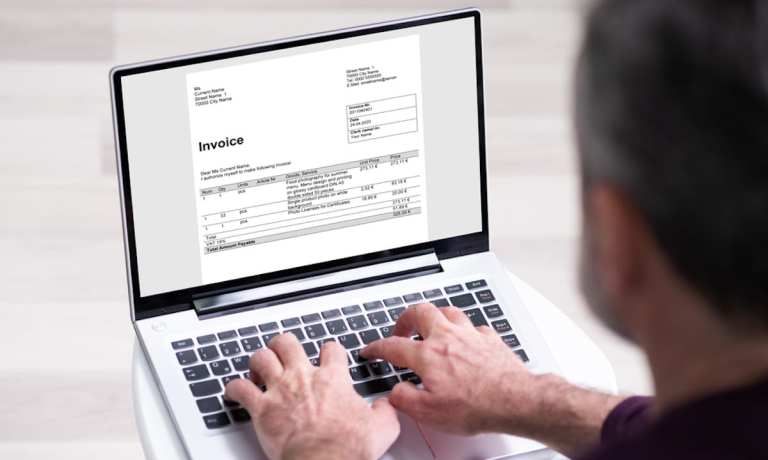The eInvoice Evolves In A Shifting B2B eCommerce World

With B2B commerce embracing the jump into digital, the sourcing and procurement process is beginning to look a lot more like online shopping does for consumers. For years, B2B commerce has been in pursuit of the “Amazon-like experience” — a goal that extends into the B2B payments process, too, with businesses in need of more seamless and efficient tools to both send and receive funds.
But that pursuit can quickly hit a roadblock as soon as vendors recognize that B2B trade cannot exactly follow the consumer commerce journey. Rather, businesses’ buying, selling and payments needs can be quite dissimilar to those of individuals, with far greater complexities that require tailored solutions.
Mike Rouse, CEO of MerchantE, recently told PYMNTS that achieving an Amazon-like experience shouldn’t necessarily look like an exact copy of consumer commerce flows.
“There are limitations, because the experiences are different in terms of the way in which you shop for things,” he explained of the differences between B2B and B2C commerce and payments. “But if you think about the Amazon experience of being simple and seamless and easily enabled, that’s what we’re focused on.”
A Digital Payment Flow
As a payment processing company, MerchantE offers a range of solutions for businesses to manage funds coming into and going out of the enterprise, with the majority of clients operating in the B2B space. In its latest move to address B2B payments friction, the firm rolled out its eInvoicing solution, MerchantE Invoice.
The product itself is a reflection of the sometimes stark differences between B2B and B2C commerce. When consumers shop online, they expect to be able to pay via an integrated portal at the point of online checkout. While there are scenarios in which a business may wish to complete payment in a similar fashion, the industry has traditionally kicked off the payment process by generating an invoice.
For many organizations and purchasing scenarios, the invoice plays the key role of not just presenting how much a business customer owes, but also providing valuable matching and reconciliation data, as well as kicking off the timer for any agreed-upon payment terms. That’s not to say, however, that the invoice has no room for improvement.
“It still needs to continue to evolve,” said Rouse, noting that there are opportunities for the eInvoice to change the location and timing of its presentment. For MerchantE’s new offering, businesses can send a digital invoice at the moment of purchase that allows the recipient to click a link to pay that bill in a variety of ways, including ACH and card. The technology can also support integration into vendors’ ERP systems for automated reconciliation.
Embracing Payment Choice
While presenting an invoice electronically can support the broader goal of improving end-user experiences, it also creates new challenges for both buyers and suppliers.
Often, an electronic invoice may not be a true “eInvoice” in the sense that it can be automatically ingested into a company’s accounts payable (AP) systems. Instead, that document is sent via a PDF attachment that must still be manually processed.
Similarly, just because an eInvoice is digital doesn’t mean the payment will be. MerchantE has moved to address this challenge by including a link on the eInvoice for the recipient to pay in a variety of ways, as payment choice is an increasingly important piece of the B2B eCommerce puzzle.
Facilitating payment choice is “the thing that’s been problematic” in this space, said Rouse, nothing that a focus on payment rail variety, as well as enhancements to those rails (for instance, accelerating ACH payments), not only improves the end customer’s experience, but can also support streamlined reconciliation workflows. Similarly, connecting customers to those payment choices by a range of vehicles — from text to mobile and web browser — can offer the kind of consumer-like flexibility and choice that B2B buyers now come to expect.
The B2B commerce workflow perhaps should not follow in the exact footsteps of the B2C world, but it’s key to achieving an efficient, user-friendly experience for both buyers and sellers — and for the FinTech solutions that facilitate B2B trade to address friction from both ends of the transaction, noted Rouse.